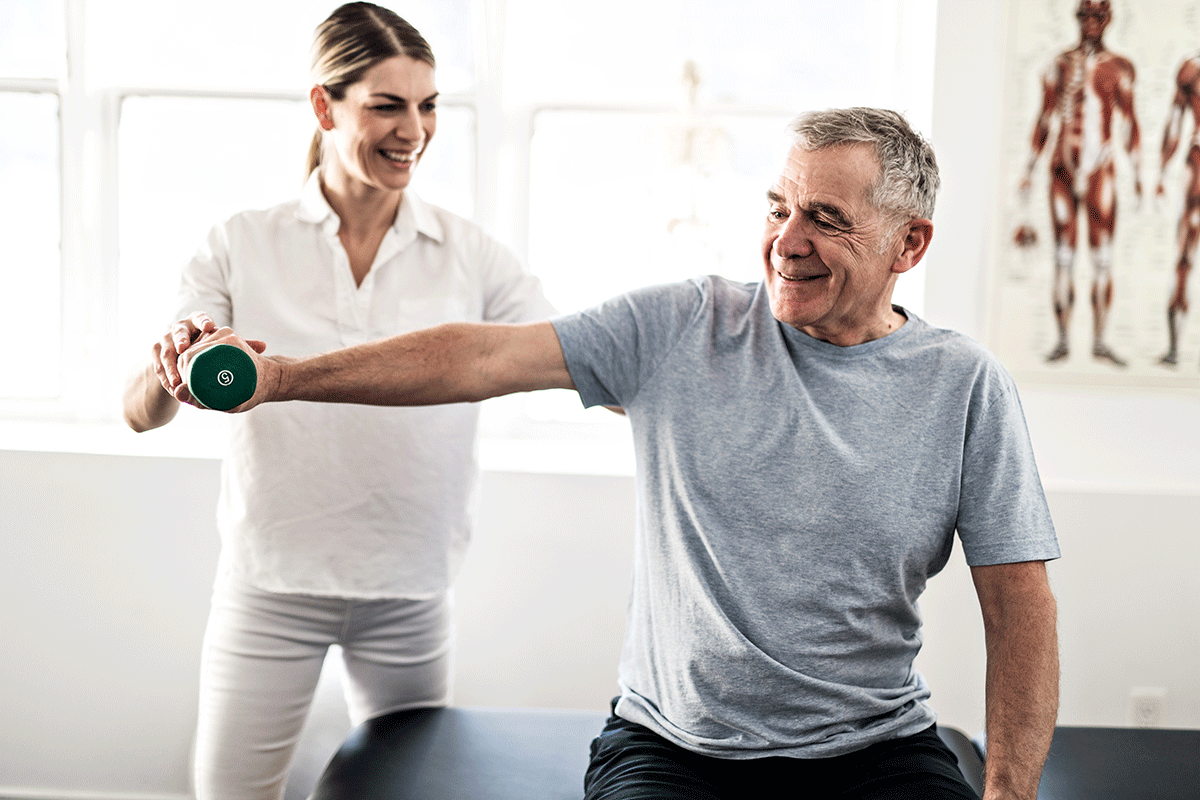Evaluating the Interaction of Articular Mobility and Balance in Client Outcomes
Evaluating the Interaction of Articular Mobility and Balance in Client Outcomes
Blog Article
Joint mobility and stability are crucial factors that influence client results in physical therapy and therapy. Articular mobility refers to the range of motion permitted at a articulation, while stability involves the capacity to sustain control of that joint during activity. When patients have optimal articular mobility, they can move their extremities freely, which is vital for conducting daily activities. On the other hand, stability helps avert harm by allowing the body to preserve correct positioning and balance during these actions. Grasping how these two factors interact can lead to improved care plans and bettered recovery for patients.
In many cases, clients with joint pain or traumas frequently experience a decrease in mobility. For instance, disorders like osteoarthritis can restrict how much a joint can move, making it challenging for individuals to execute tasks such as ambulating or ascending stairs. Physical therapists often focus on activities that increase mobility through stretching and fortification. These activities can help reestablish the range of movement, making it easier for clients to engage in their daily tasks. However, increasing range of motion without considering stability can result to further injuries, highlighting the necessity for a balanced approach.
Stability is equally crucial in therapy. When a joint is deficient in stability, it becomes more susceptible to harm during movement. For example, an wobbly knee articulation can lead to strains or ruptures while running or leaping. To enhance control, therapists may incorporate activities that fortify the muscles around the articulation. These exercises help reinforce the joint and prevent excess movement that could result to injury. By concentrating on both mobility and control, rehabilitation specialists can provide a comprehensive care plan that addresses the specific needs of each client.
The interplay between articular mobility and control is particularly evident in sports medicine. Sports participants frequently require a elevated level of both mobility and control to perform at their optimal. For example, a dancer needs to have flexible articulations to achieve intricate movements while also preserving stability to prevent falls. In sports training, trainers and trainers emphasize the significance of developing both elements to improve performance and minimize the risk of harm. This visit page approach ensures that sports participants can move efficiently while keeping their articulations safe during strenuous exercises.
Ultimately, comprehending the relationship between articular mobility and control can lead to better results for patients in multiple settings, from therapy facilities to sports training centers. By promoting both aspects, healthcare professionals can help clients regain their power click this link now and confidence. This integrated method not only helps in recovery but also arms individuals with the tools they need to avert future injuries. As studies continues to advance in this field, the importance of combining mobility and stability in treatment plans will continue to be a central focus for enhancing client care and overall health.